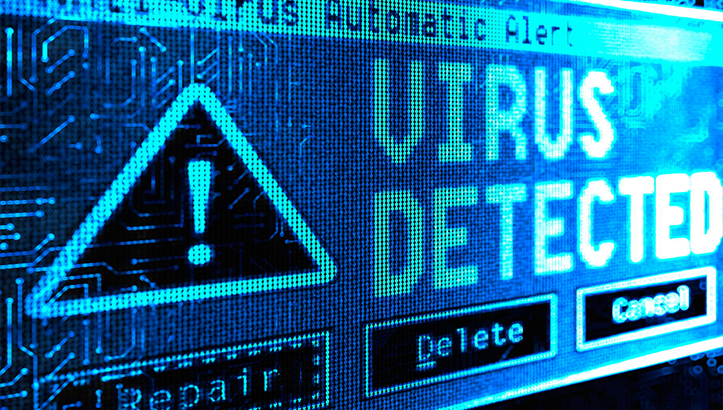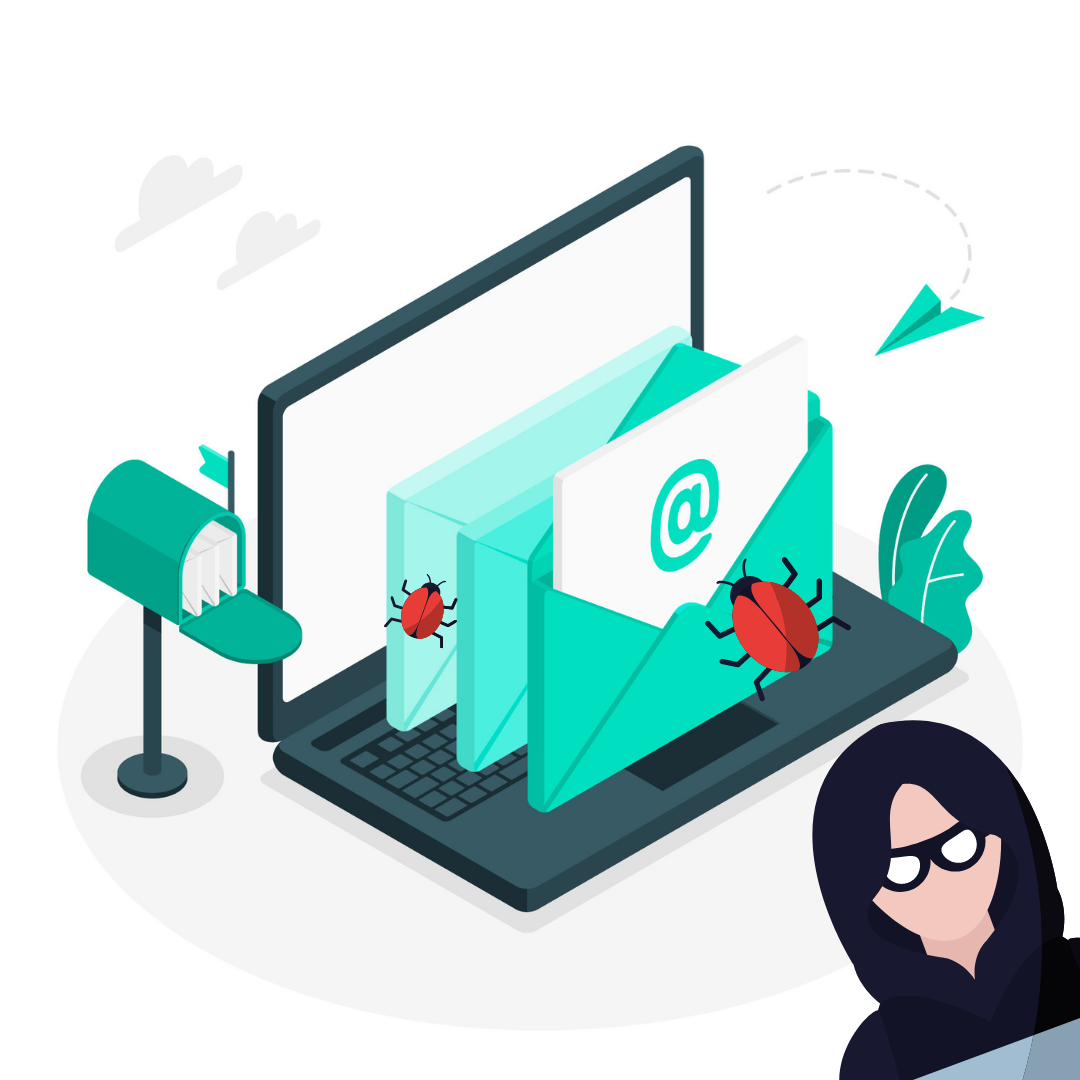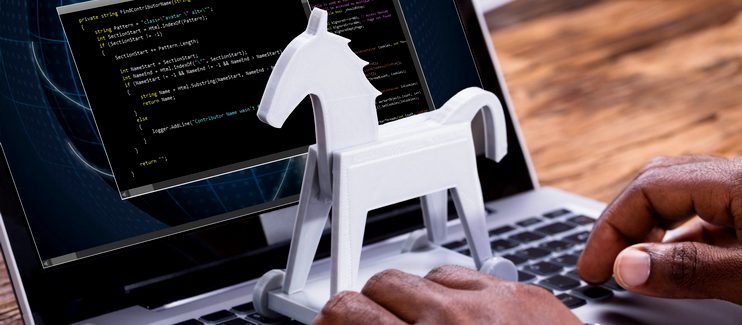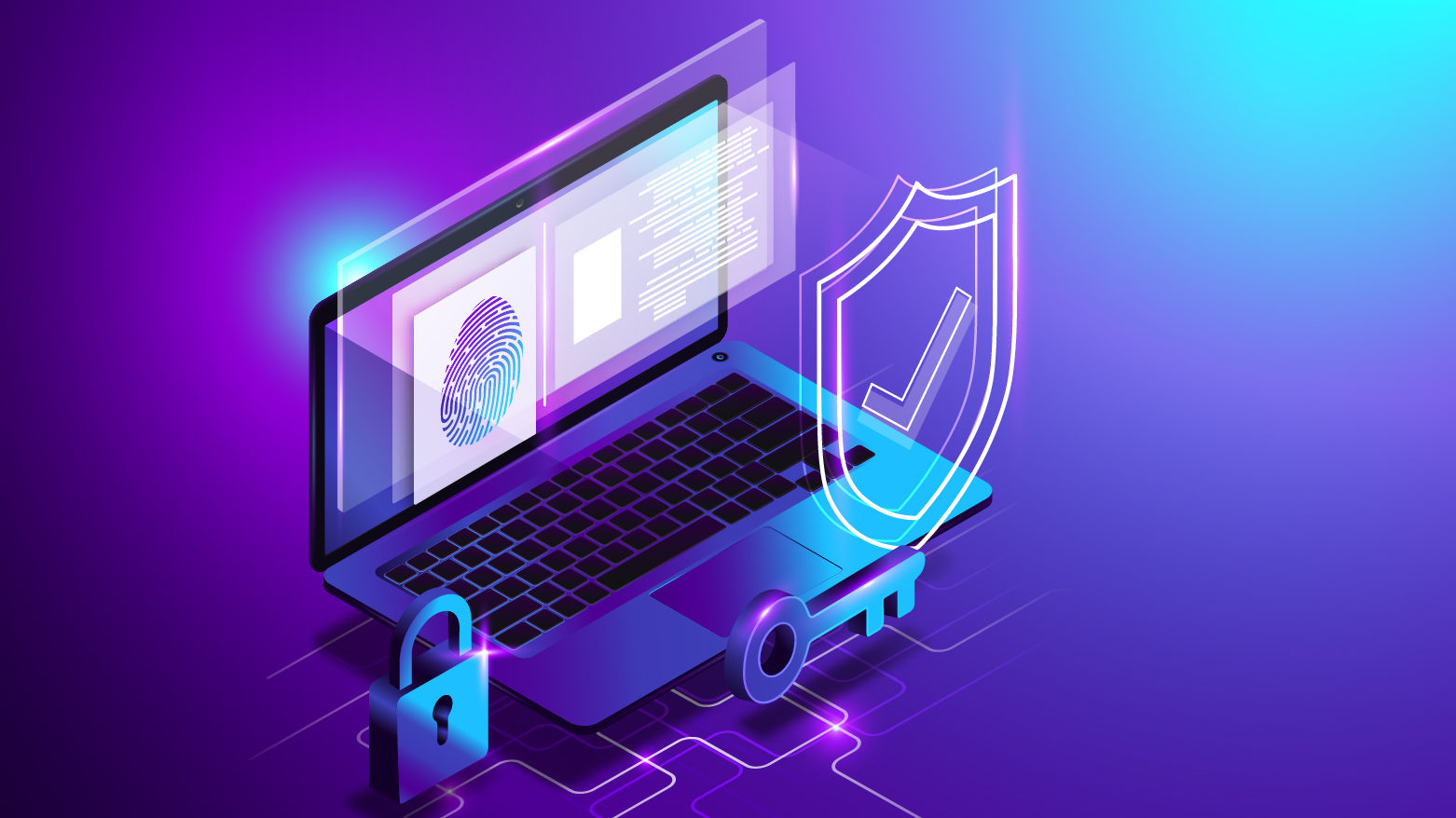A fake antivirus most often appears after clicking a link or a button in the browser. A message like “Your computer is infected” is shown. Closing the window doesn’t help; instead, a suspicious program may start downloading immediately. Sometimes the installation takes place without the user's knowledge.
Everything is designed to look real. A well-known name, familiar design, similar logo. Instead of a regular antivirus, a person launches a virus. Sometimes it pretends to be an update or a necessary utility, and the user suspects nothing.
Such programs work not only on computers but also on phones. They launch immediately or the next time the device is turned on. The user remembers nothing, and meanwhile, the malware starts acting.
Some infections occur through fake app stores or videos on video hosting sites, where a virus is offered under the guise of an antivirus. Often the fake enters the system with a program that seemed useful—file compression, memory cleaning, or system acceleration. But in the package is a virus.
How infection occurs
Fake antiviruses can be caught on sites offering free software. They are often hidden in installers, archives, or extensions. Sometimes the virus comes in an email—a person opens an attachment, but inside is not a document, but a link to download the infected file. When the program is installed, it immediately shows a “scan” and scares the user—“Many viruses found!”. Then it demands payment. At the same time, there was no real scanning—all a fake.

There are versions that do not require administrator access. They run bypassing the usual protection. Therefore, the software can sit in the system, and the antivirus does not notice it. Also, infection can start through updates that the virus itself pushes. The user thinks they are downloading a patch, but a virus is being downloaded. Such cases are often associated with fake system notifications.
What happens after the malicious program is launched
As soon as the malware is launched, it first changes the settings. It disables protection, removes updates, adds itself to the startup. Then it makes copies of itself in other places on the computer.

The browser's behavior changes—banners, ads appear, tabs open spontaneously. Meanwhile, the virus can collect passwords, search files, and send all this to the attackers' server.
Removing such a fake antivirus is difficult. If you simply delete the shortcut or end the process, it remains in the system. After restarting, it turns on again, as if nothing happened. Moreover, the program can install additional malicious modules without knowledge. Sometimes they pull dozens of files into the system that run in turn. All this greatly slows down the device and causes constant failures.
Why the virus cannot be removed immediately
Many fake antiviruses block access to necessary sections—the task manager, settings, system parameter editor do not open. This way, they prevent manual removal. Sometimes the fake also breaks settings—disables recovery, replaces important files. The system starts behaving unstably. It might not even load normally.

A cyber threat often hides under the guise of a regular program. For example, it may be called a Windows update or look like a browser. But in reality, it is a virus. Particularly dangerous are those that start before the system itself. They are the hardest to handle. Such programs can even change the behavior of the antivirus. They make it look like it is working, although it is already disabled. Everything looks normal externally, but the computer's protection is actually inactive.
What to do to avoid becoming a victim
To avoid installing malware under the guise of an antivirus, simple measures should be followed. Do not download everything indiscriminately. Do not trust sites without an address, reviews, or a clear description. Any program should be checked. Fakes always urge, supposedly there are hundreds of viruses on the computer. It demands payment “right now.” Real antiviruses do not behave like this—they work calmly and do not interfere. Here’s what helps protect the device:
- download the antivirus only from the official site;
- check where the file is from and who released it;
- do not open attachments from unknown senders;
- do not click on banners with messages “Threat detected!”;
- check what runs at system startup;
- make copies of files on a separate medium.
In addition, it is worth periodically checking the list of installed programs. If names appear that no one installed, it is a reason to be cautious. Another useful measure is to use browser extensions that block suspicious sites.

If the virus still got in, it is important to react quickly. Enter safe mode, check the system, clean out the excess. The sooner you start, the fewer consequences. In severe cases, the help of a specialist may be needed.
